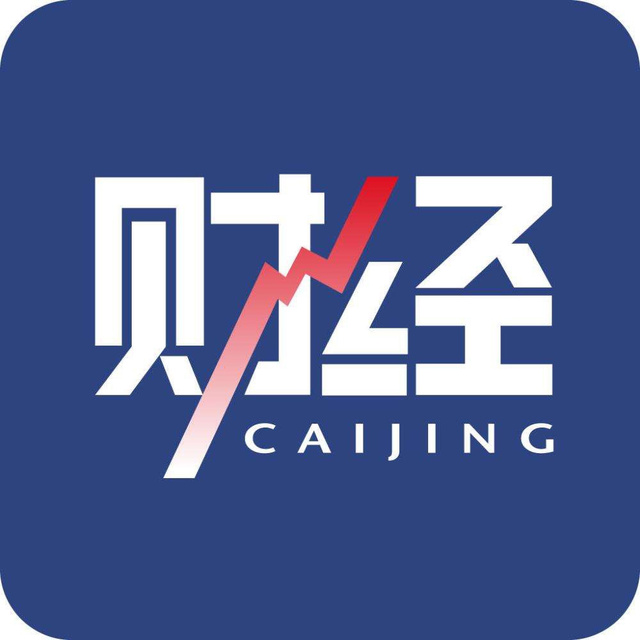
Textile Knowledge
Textile knowledge refers to the skills and techniques used in the production and processing of textiles. These skills and techniques have played a crucial role in human history, providing essential materials for clothing, shelter, and other needs. In this article, we will explore the various aspects of textile knowledge.
I. Textile Tools
1. Spindle: A tool used for spinning fibers into yarn or thread.
2. Loom: A machine used for weaving fabric by interlacing threads.
3. Dye pot: A container used for dyeing fabrics using natural or synthetic dyes.
4. Spinning jenny: A hand-held device used for spinning fibers into thread.
II. Textile Processes
1. Raw material processing: The first step in textile production involves harvesting, cleaning, drying, and processing raw materials such as cotton, wool, or silk.
2. Fabric production: This involves weaving or knitting fibers into fabric using looms or knitting machines.
3. Dyeing: After fabric production, it is dyed using natural or synthetic dyes in dye pots or dyeing machines.
4. Finishing: This involves treating the finished fabric with chemicals or mechanical processes to enhance its durability, color retention, or texture.
III. Textile Techniques
1. Weaving: A technique used for creating fabric by interlacing threads using a loom. There are various types of weaving techniques such as plain weave, double weave, satin weave, and twill weave.
2. Knitting: A technique used for creating fabric by interlacing threads using knitting machines. There are various types of knitting techniques such as stockinette stitch, rib stitch, cable stitch, and seed stitch.
3. Sewing: A technique used for attaching two or more pieces of fabric together using stitches such as straight stitch, zigzag stitch, French knot stitch, or chain stitch.
4. Quilting: A technique used for stitching together layers of fabric to create a decorative patchwork quilt. There are various types of quilting techniques such as applique, free-motion quilting, longarm quilting, and hand quilting.
IV. Textile Culture
1. The Book of Songs: An ancient Chinese text that contains poems and songs about textile production and use. It provides valuable insights into ancient Chinese culture and textile practices.
2. The Art of War: A military treatise written by Sun Tzu that includes strategies for war and also discusses the importance of textiles in warfare. It highlights the significance of textile resources in military campaigns.
3. Fashion design: A field that combines art and technology to create new designs and styles for clothing and accessories. Fashion designers use their creativity and knowledge of textiles to develop innovative designs that reflect current trends and cultural values.
In conclusion, textile knowledge encompasses a wide range of skills and techniques used in the production and processing of textiles. Understanding these skills and techniques is essential for anyone interested in fashion, textiles, or any other related fields.








